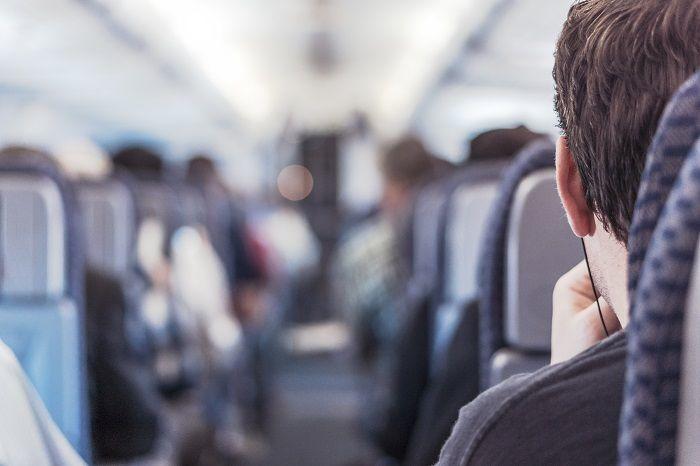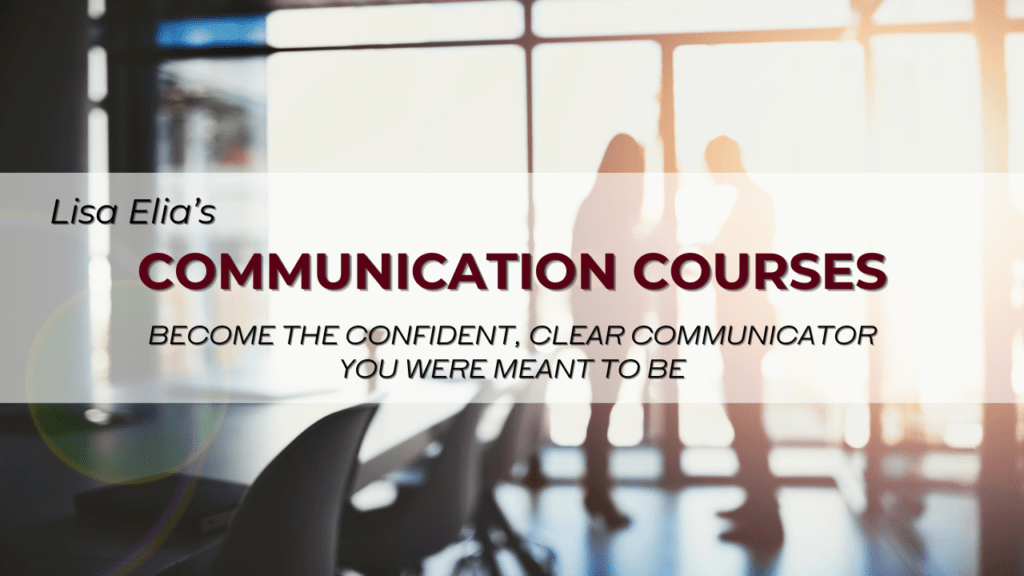On a recent trip to Denver, my husband and I flew Spirit Airlines. If you’re not familiar with Spirit Airlines, imagine the most basic, no-frills, charge-you-for-everything airline you can fathom. That’s Spirit. Apparently, even a seat-back pocket to stow your goods while you fly is too much to ask, so there are a few bungee cords crisscrossed across the back of the seat in front of you to hold whatever is large enough to not fall through the giant empty spaces it leaves. The experience is so spartan that it’s actually kind of funny, and a sense of humor goes a long way when you’re known as one of the cheapest airlines around, as we were about to find out.
The pre-flight safety speech started out on an unusual high note when the friendly-sounding airline attendant said, “For those of you who swore you would never fly Spirit again, welcome back.” We could relate to that. After flying Spirit last year, I told my husband we should never fly it again, but when it turned out that a Spirit flight was our best option for the short 2-hour flight to Denver, we decided I would be okay. Clearly, we were not alone in our decision-reversal.
When the airline attendant peppered her safety speech with humor, even saying something to the effect of, “After you’ve adjusted your life jacket, check your hair and make-up, and safely exit the plane.”
I had a quick chat with the woman who delivered this fresh, funny safety speech. It was so well constructed that I thought it was written for her. She told me that she had written it herself and she had been tweaking it over time.
You can use some of the techniques that the airline attendant incorporated into her humorous, yet informative, safety speech. She…
- added the element of surprise (e.g., making fun of Spirit’s austere approach to service);
- lightened the heaviness of potentially dire warnings with frivolous details/recommendations (e.g., checking your hair and make-up before grabbing your flotation device);
- and used a happy, bouncy tone, even when talking about serious topics (This worked because she began her speech with humor, setting the tone for the entire talk.).
Use your best judgement when incorporating humor into speeches. Avoid emotionally loaded references. If you’re not sure if your use of humor is appropriate, run it by a few people. Record yourself delivering the speech and then listen to it as if you’re someone else. Continue to modify it until you’ve achieved the balance of enough humor to keep people’s attention and enough solid information to effectively convey your message.
If you’re interested in improving your presentation skills, you can arrange a complimentary discovery call with Lisa Elia by calling our office at 310-479-0217 or emailing us at team@expertmediatraining.com
In the meantime, here are some other articles to read:
6 Tips to Make Effective Presentations
Memorizing Speeches and Interview Responses Can Cause Detachment
Six Essentials to Make Your Business Appealing to Media and Customers
To download our free Media Interview Guide and other tools, click here.
To check out our online courses, click here.
For a complimentary consultation to discuss private training for yourself or your team, click here.

This post was written by Lisa Elia, a media trainer, presentation trainer, pitch coach, communication expert, and speaker. She trains clients around the world for media interviews, speeches, internal and external presentations, panels, investor presentations, and promotional videos, and provides executive and team communication coaching.
With more than 25 years of experience, Lisa has prepared clients for interviews with TODAY, GMA, The Wall Street Journal, CNN, ESPN, and hundreds of other outlets. Lisa has shared her expertise with national media outlets that include Inc., Entertainment Tonight, E!, and many others. Clients include entrepreneurs, Fortune 500 companies, and everything in between as well as athletes, celebrities, and other public figures.



